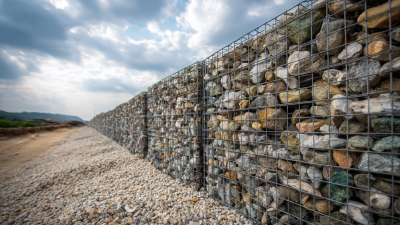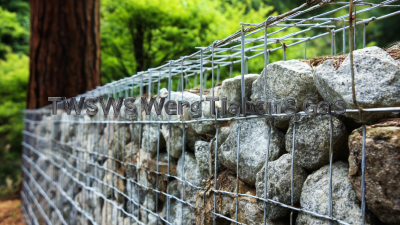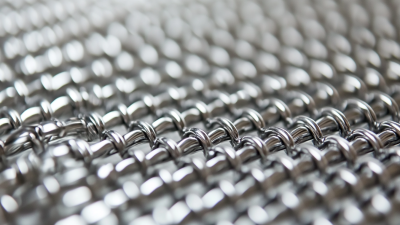How to Effectively Use Basket Gabion for Sustainable Landscape Solutions
In recent years, the integration of sustainable solutions in landscape architecture has gained significant traction, with Basket Gabion emerging as a versatile and environmentally friendly option.
According to a report by the Global Landscape Architecture Network, the adoption of sustainable materials such as Basket Gabion can reduce urban runoff by up to 30%, mitigating the effects of erosion while enhancing the aesthetic appeal of outdoor spaces.
Furthermore, a study from the International Society of Soil Mechanics highlights that incorporating such structures can improve soil stabilization by 25%, supporting vegetation growth and biodiversity.
As urban landscapes continue to evolve, understanding how to effectively utilize Basket Gabion not only addresses ecological concerns but also fosters resilient design practices that align with modern sustainability goals.
Benefits of Using Basket Gabion in Sustainable Landscaping
Basket gabions have emerged as a popular choice in sustainable landscaping, offering numerous benefits that align with eco-friendly practices. These wire structures filled with stones are not only aesthetically pleasing but also play a crucial role in erosion control, promoting soil health and biodiversity. By creating natural barriers, basket gabions effectively manage stormwater runoff, reducing flooding risks and protecting valuable landscapes.
Tips for Using Basket Gabions:
When incorporating basket gabions into your landscape, consider their placement strategically to maximize both functionality and visual appeal. To enhance stability, ensure they are positioned on a level surface and filled with a mixture of stone sizes for optimal weight distribution. Additionally, consider planting native vegetation around gabions; this not only blends the structures with the landscape but also supports local wildlife.
Another benefit is their low maintenance requirement. Once installed, basket gabions need minimal upkeep compared to traditional landscaping solutions. To maintain their integrity, check periodically for any displaced stones, and replace them as needed to keep the structure robust. By choosing basket gabions, you not only create dynamic landscapes but also contribute to a more sustainable environment.
Design Considerations for Integrating Gabions into Your Landscape
When integrating gabions into your landscape design, several key considerations can enhance both functionality and aesthetics. First, it is essential to assess the site's topography and drainage patterns. Gabions can be particularly effective in managing stormwater runoff, so placing them strategically in areas where water accumulates can alleviate erosion and improve landscape longevity. Additionally, incorporating different sizes and shapes of stones can create a natural look that harmonizes with the surrounding environment.
Another critical factor is the selection of materials. Opting for locally sourced rocks not only reduces transportation impacts but also helps maintain the area's ecological integrity. Furthermore, landscaping around the gabions with native plants can promote biodiversity, foster a more vibrant ecosystem, and ensure that the structure blends seamlessly into the landscape. Incorporating gabions as retaining walls or decorative features allows for creative design opportunities while serving practical purposes, making them a versatile choice for sustainable landscaping.
Step-by-Step Guide to Constructing a Basket Gabion Wall
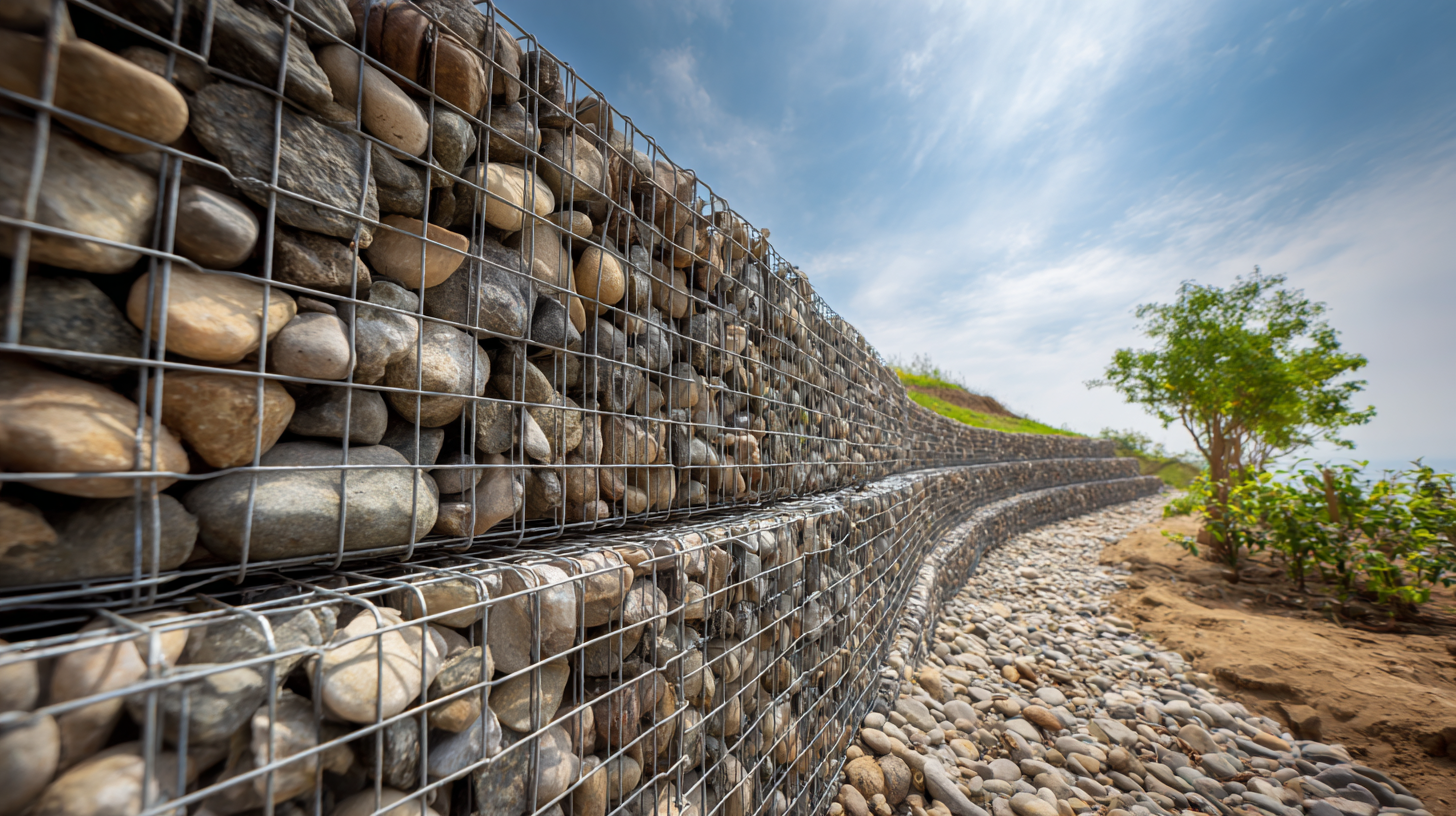 Constructing a basket gabion wall is a practical and sustainable approach to landscaping that combines both functionality and aesthetics. To begin, gather the necessary materials, which include wire mesh baskets, stones or rocks for filling, and tools such as gloves, pliers, and a level. The first step is to determine the layout of your wall; it’s essential to mark the area and ensure a solid foundation by leveling the ground where the gabions will be placed.
Constructing a basket gabion wall is a practical and sustainable approach to landscaping that combines both functionality and aesthetics. To begin, gather the necessary materials, which include wire mesh baskets, stones or rocks for filling, and tools such as gloves, pliers, and a level. The first step is to determine the layout of your wall; it’s essential to mark the area and ensure a solid foundation by leveling the ground where the gabions will be placed.
Once the foundation is prepared, assemble the wire mesh baskets according to the desired dimensions. Fill the baskets with stones, layering them to create a sturdy structure. It’s crucial to pack the stones tightly to maximize stability. As you fill each basket, periodically check the level to ensure the wall remains straight. After filling, secure the tops of the baskets with more stones or a lid to prevent spillage. This process not only enhances the durability of the wall but also adds to the visual appeal of your landscape.
Maintenance Tips for Long-lasting Gabion Structures
When incorporating basket gabions into your landscape design, understanding maintenance is crucial for ensuring their longevity and effectiveness. Proper care not only enhances the aesthetics but also fortifies the structural integrity of these versatile installations.
One important tip is to regularly inspect the gabion structures for any signs of wear or damage. Over time, natural elements can cause rust or corrosion to the wire mesh. If you notice any deterioration, it’s essential to address these issues promptly by applying a protective coating or, if necessary, replacing affected panels to maintain the gabion's durability.
Additionally, keeping the surrounding area clear of debris and vegetation helps prevent unwanted erosion and ensures the gabion's intended function remains intact. Regularly check for loose stones or sediment build-up inside the gabions; replenishing stones as needed keeps them visually appealing and structurally sound. Following these maintenance tips will help you enjoy the benefits of basket gabions in a sustainable landscape for many years.
Creative Applications of Gabions in Ecological Restoration Projects
Gabions, often used in landscaping and erosion control, have emerged as innovative tools in ecological restoration projects. Their versatility allows for creative applications, ranging from stabilizing riverbanks to enhancing urban biodiversity. For instance, the ongoing Brahmaputra riverfront project illustrates how gabions can not only manage water flow but also serve as habitats for various species, ultimately promoting a sustainable environment.
According to the latest data, structures like gabions can reduce soil erosion by up to 50%, making them an essential component in landscape projects that aim to restore natural ecosystems.
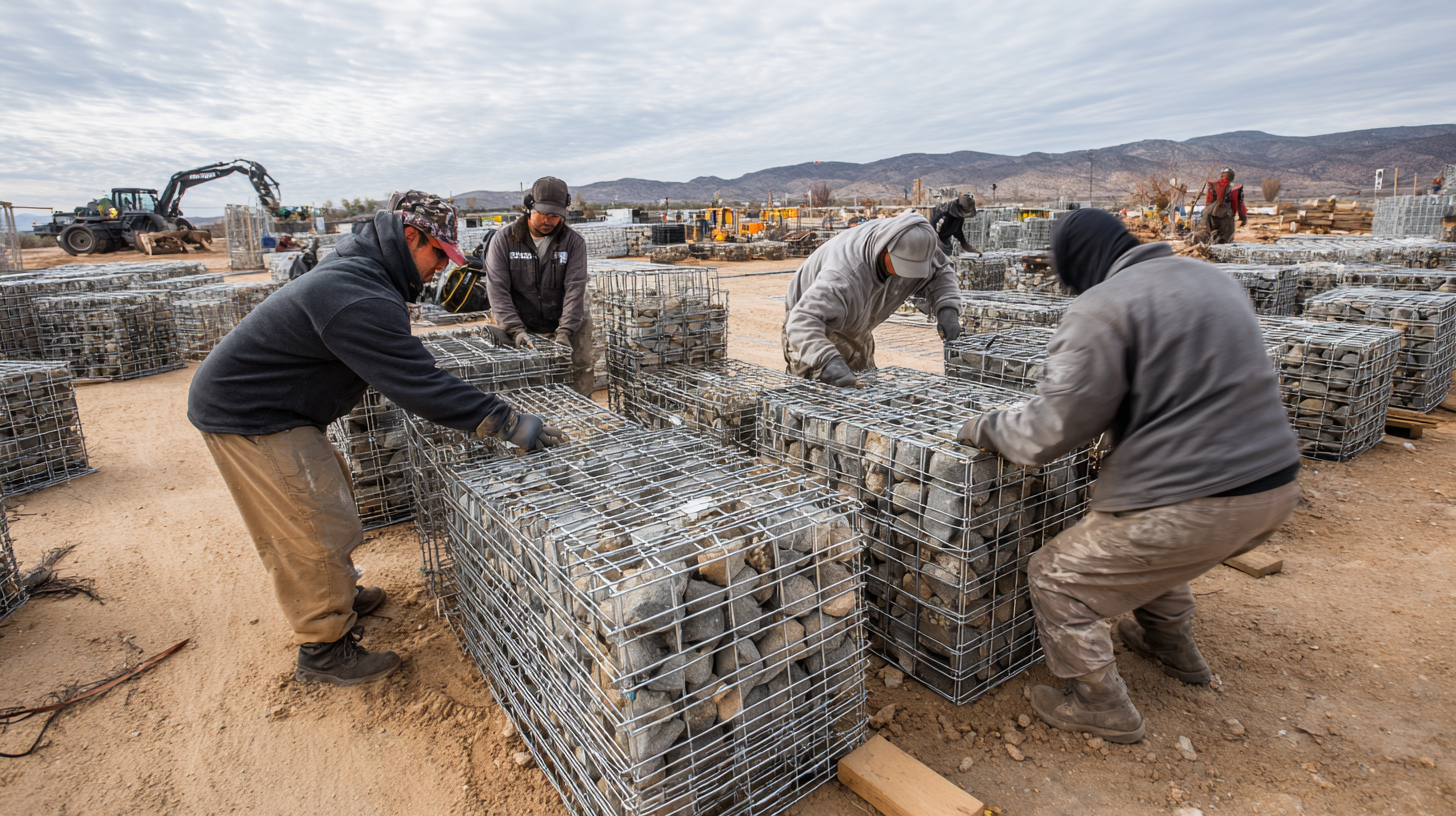
Tips for incorporating gabions in restoration projects include selecting native plant species to fill the gaps between stones, which can enhance local biodiversity and soil health. Additionally, consider varying the size and shape of your gabions to create diverse microhabitats that attract a range of wildlife. Using biodegradable materials in conjunction with gabions can further support ecological goals, aligning with the principles of biocentric architecture that strive to minimize environmental impact while promoting sustainability.
Implementing gabions thoughtfully can significantly contribute to ecological restoration efforts. By using gabions, designers and landscape architects can achieve functional structures that also foster a rich ecological environment, ultimately working towards their climate and biodiversity goals.

Home
About Us
Products
Customize
Application
Support
Blog
Contact Us
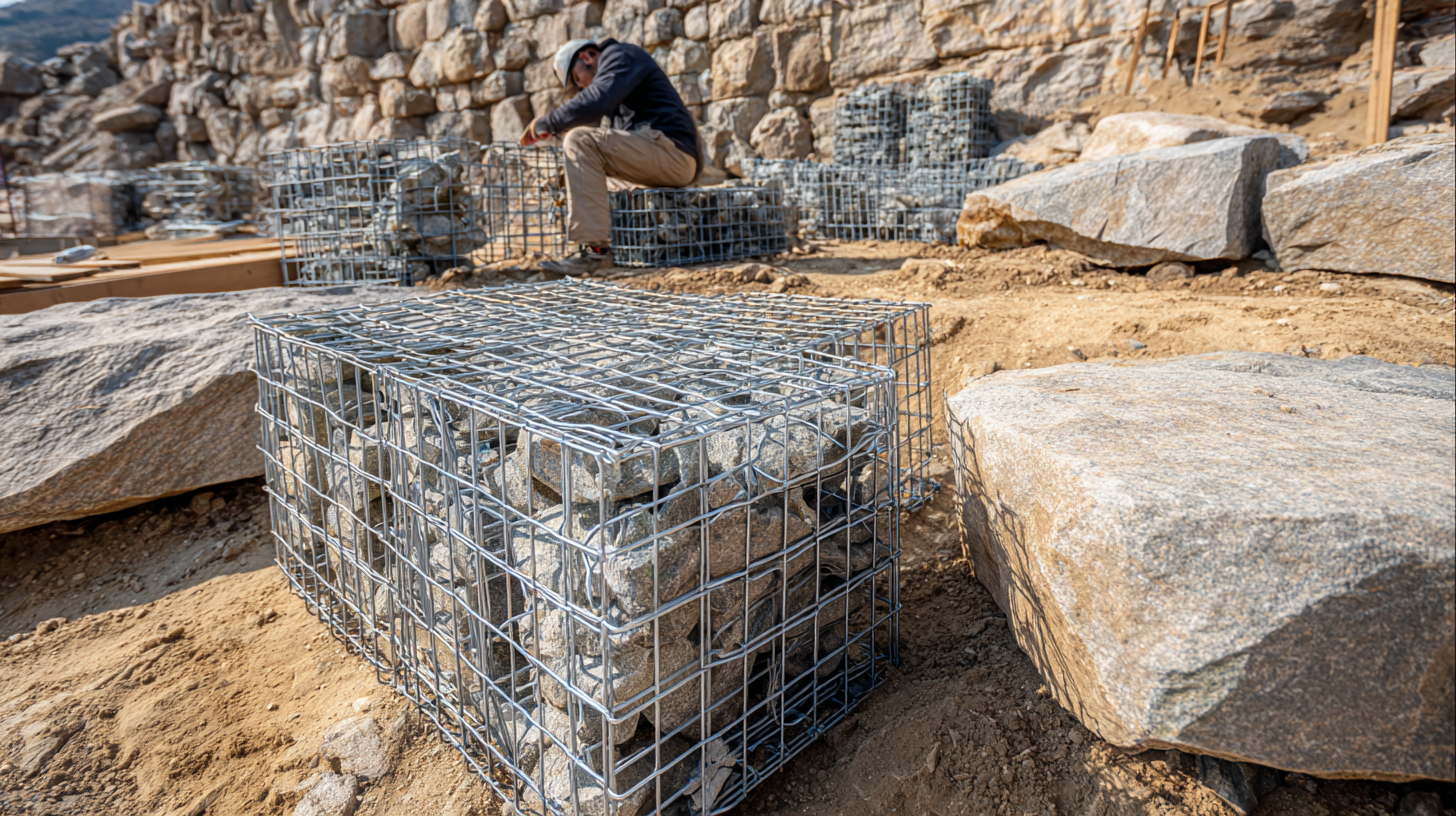
 Constructing a basket gabion wall is a practical and sustainable approach to landscaping that combines both functionality and aesthetics. To begin, gather the necessary materials, which include wire mesh baskets, stones or rocks for filling, and tools such as gloves, pliers, and a level. The first step is to determine the layout of your wall; it’s essential to mark the area and ensure a solid foundation by leveling the ground where the gabions will be placed.
Constructing a basket gabion wall is a practical and sustainable approach to landscaping that combines both functionality and aesthetics. To begin, gather the necessary materials, which include wire mesh baskets, stones or rocks for filling, and tools such as gloves, pliers, and a level. The first step is to determine the layout of your wall; it’s essential to mark the area and ensure a solid foundation by leveling the ground where the gabions will be placed.
